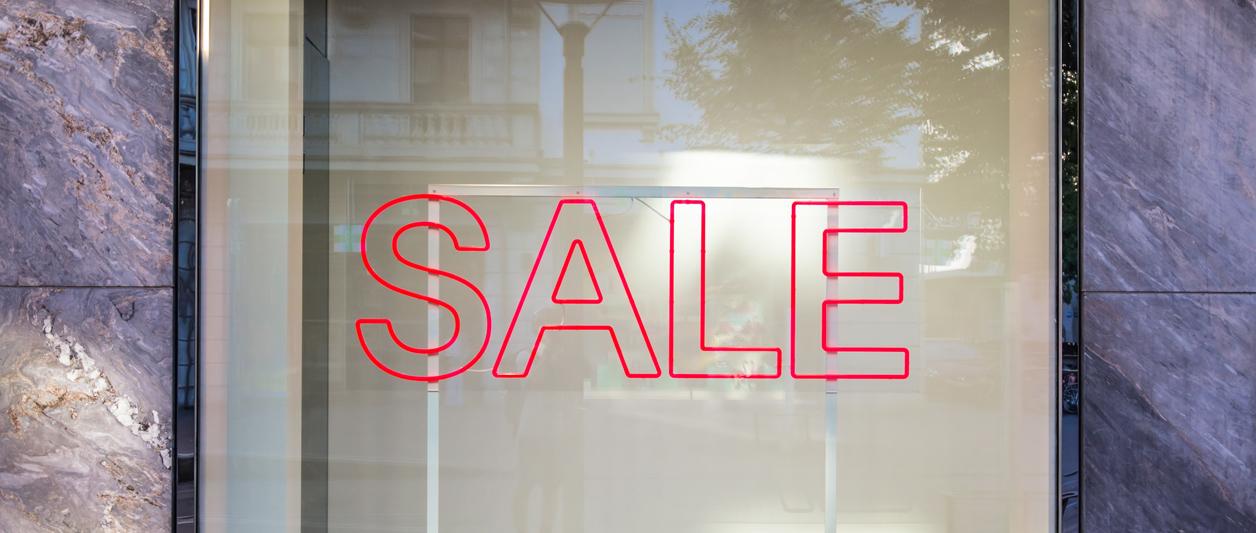
Funnels are an essential part of your marketing efforts. However, not all funnels are made alike. With the wide variety of funnel software available, there’s a bit of confusion about the difference between a classic sales funnel and a click funnel. Both are important, but they have slightly different roles in your conversion strategy. Let’s take
a look.
What is a Sales Funnel?
In a traditional marketing approach, one conceives the customer’s journey as traveling down a funnel. At the top of the funnel are the visitors to your website (or anywhere they encounter your brand), and at the bottom are the customers who are making a purchase. Through the funnel, you attract, qualify, and nurture leads until you can convert them into customers.
When created in digital form, a sales funnel takes a consumer from prospect to purchase. This might be a sales page on your website that pitches the product, allows the customer to add it to their cart, and enables them to check out. The key is that someone who has never before encountered your company is converted into a paying customer.
What is a Click Funnel?
A click funnel is a way to engage with a potential customer without necessarily leading them to a purchase. If you’re focused on building engagement with your brand or want to get opt-ins to your mailing list, a click funnel is the way to do it.
For example, a lead capture page on your website is a click funnel. You’re nurturing a potential customer but not trying to get them to make a purchase (yet). Click funnels are an important part of your marketing strategy but are technically separate from your sales funnel.
Building an Effective Sales Funnel
Contemporary marketers are finding that today’s consumers are resistant to overt sales pitches. This means that sales funnels need to be carefully constructed to entice your target audience and convince them to make a purchase. There are often a lot of steps in-between first touch and final purchase. Technically, someone is not a “lead” until they express an interest in your company. From that point on, you might have your sales team reach out to them or simply use high-converting webpages to bring them to the purchase point.
From a web marketing perspective, you need to treat all your website visitors as potential leads, but have a clear process for separating out the qualified ones. There will always be visitors who are not able to be converted to customers. Once someone becomes a lead, though, your website should implement a strategic blend of content and design to seal the deal.
Building an Effective Click Funnel
The most common click funnels are ways to build your mailing list, get someone to download an e-book, or otherwise become interested in your brand. These can be as short as a single page to which you direct someone via a social media post or ad. Once you have them in your mailing list, for example, you can direct them toward your sales funnel.
The best click funnels are short and sweet -- perhaps even a pop-up that appears on a blog post. However, they can be lengthy. It all depends on how you’d like to engage your potential leads and what action you’d like them to take. Click funnels can also involve upgrading a customer or otherwise converting them to a new level. They can be woven into your checkout process, built as standalone landing pages, or incorporated into a form to gather customer data.
Using Click Funnels and Sales Funnels Together
In today’s world, it’s important to nurture relationships with potential customers across a variety of channels. That means envisioning different ways to get “buy-in” from consumers. Click funnels are an excellent way to generate initial interest in your company.
From there, you can implement sales funnels to bring in pre-qualified leads, as well as cold prospects. Effective sales funnels nurture leads to convince them that your product or service is worth buying. Your website plays a big role in helping your sales funnels be high-converting.
Conclusion
Click funnels are designed to produce a conversion event, but not necessarily a purchase. Meanwhile, sales funnels focus on converting cold prospects into paying customers. The two can work in tandem to help you best connect with your audience and convince them to make a purchase.
Dotlogics is proud to offer high-converting sales pages, opt-in forms, upsell funnels, and other key functions for an eCommerce site with optimal performance. For expert assistance, reach out to our eCommerce and funnel experts.
Let's Get to Work.
Have an unsolvable problem or audacious idea?
